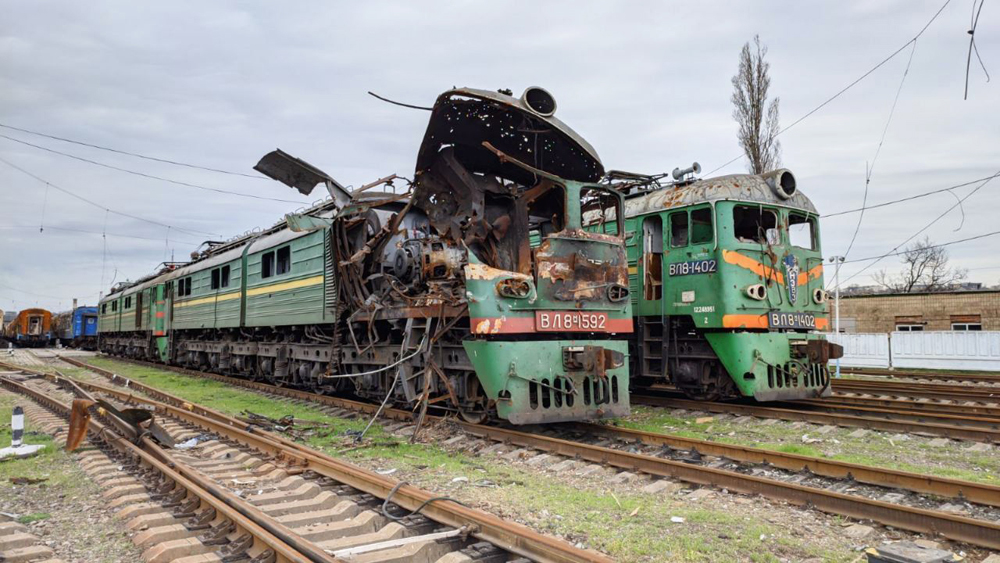
Ukrainian rail operator Ukrzaliznytsia (UZ) has continued to operate services across the country despite Russian attacks which have damaged both tracks and electrical equipment used to provide traction current.
Railways continue be a major part of the war for both Ukraine and Russia. Here’s a look at recent events:
UZ faces employee deaths, significant damage
Attacks on UZ infrastructure and trains by Russian forces have led to widescale destruction of rolling stock and parts of the network. By late April alone UZ reported over 70 railway employees have been killed since the war began. But UZ reports that it has repaired most damage without significantly delaying the movement of trains.
In late May the Russian army captured the town of Lyman, a key railway junction in the Donbas region of eastern Ukraine. Media reports from areas occupied by Russian forces describe Russian personnel trying to reopen railway lines — which in some cases they were attacking days before — to enable transport of supplies for their forces.
UZ adds passenger services; narrow gauge line helps out
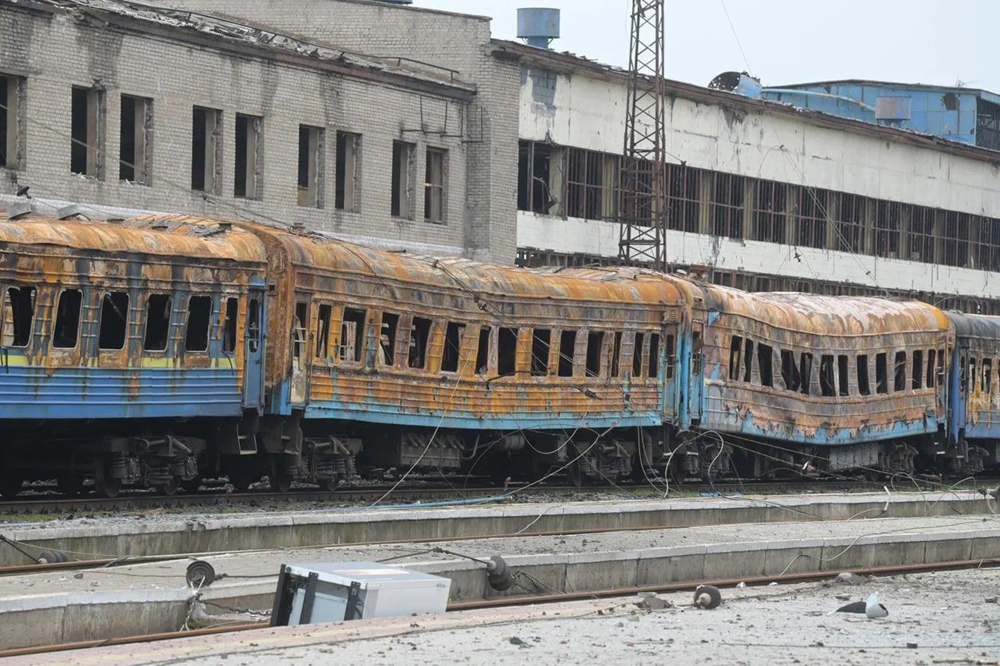
Despite the war, UZ has expanded passenger service in both the Kyiv region and the south of the country. Limited supplies of gasoline for automobiles, plus the need to provide options for residents around Kyiv, have led to the April opening of a section of a commuter rail line. This completed the long-planned Kyiv City Express circular rail service the city. Before the Russian invasion, UZ was tendering for new trains for this service, but existing electric multiple-unit trainsets, some of them modernised in recent months, are being used for now. Also during May, UZ began the process of restoring passenger rail services to the Kyiv suburbs of Bucha and Irpin, north of the capital. In February and March, they were the scene of mass destruction and loss of life during Russian occupation.
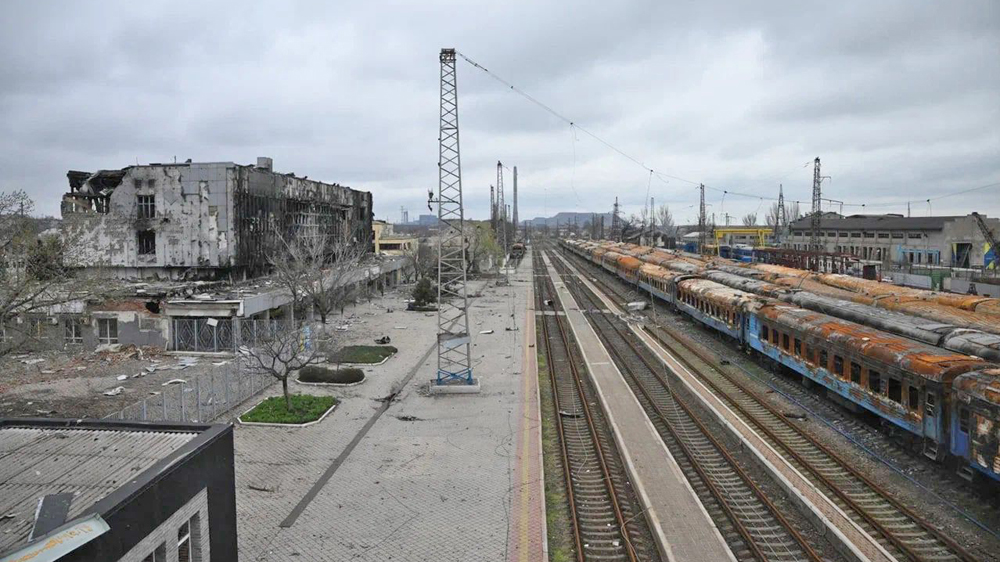
To the southwest of Kyiv, in a rural area badly served by local roads, UZ has increased use of the Haivoron-Rudnytsia narrow gauge railway. This 2-foot, 6-inch (750 millimeter) gauge railway is located about 140 miles south of Kyiv, and is operating two pairs of trains a day.
The Haivoron region has accommodated many people evacuated from the city of Odesa and the railway, while very slow — as almost nothing has been spent on it for years (it was closed until 2021 for 18 months — offers transport to villages on the western side of the River Bug that road transport cannot readily offer. The nearest road bridge is 13 miles away and gasoline is both rationed and expensive. The narrow gauge line has a working steam locomotive, as it was offering tourist trips pre Covid, but the current passenger trains are diesel powered.
UZ has continued to operate multiple evacuation trains from the eastern Donbas region to cities elsewhere in the country. Most trains are operating at reduced speeds to minimise casualties in the event of a derailment caused by air or artillery attacks, and strict blackout rules apply at night to minimise trains visibility.
Also, in Ukraine’s second city, Kharkiv, where most Russian forces in artillery range have now been removed by the Ukrainian army, the subway system has reopened as a transport service. For months, it had offered shelter from Russian bombardment to residents in its deep tunnels.
Partisans and armored trains
Attacks on rail infrastructure by Ukrainian partisans have also been reported in the area around Melitopol in southern Ukraine. In late May the Ukrainian government announced it had begun a new counterattack in the south of the country around the major city of Kherson, near Melitopol. This is the rail junction for the lines from Ukraine to the Crimean Peninsula, which was illegally annexed by Russia in 2014.
Occupying Russian forces have reportedly begun using armored trains to counter the risk of attack. Several videos purporting to show such trains powered by diesel locos have appeared online, apparently from both unofficial Ukrainian and official Russian sources (such as TV channel RT). This cellphone video appears to show one such train; pictures have been published by several national newspapers, including some in the UK, although hard information on how many such trains there are and where they are used remains unclear.
The use of armored trains is not new — they were used by the German army to counter partisan attacks in World War II, especially in the parts of the Soviet Union that were occupied by Nazi Germany. In Slovakia, railwaymen even built armored trains to use against the German occupiers in the ultimately unsuccessful Slovak national uprising in 1944. The Germans and the Red Army used railway-mounted artillery during that war.
More recently, Serbian irregular forces used an armored train, powered by an EMD-built diesel locomotive, in the Krajina region of Croatia between 1991 and 1995 as part of their ultimately unsuccessful attempt to repel the Croatian Army.
Gauge change in Ukraine after the war?
Ukraine, like all countries in the former Soviet Union, uses 5-foot gauge broad gauge for its track, while neighboring European Union-member countries use standard gauge. In late May, Ukrainian Prime Minister Mr Denys Shmyhal announced plans to rebuild the rail network with standard gauge track and European PTC systems to replace legacy ex-Soviet Railways systems. Small sections of standard and 5-foot dual-gauge lines already exist, largely adjacent to the Hungarian border in regions that between 1918 and 1945 were part of Czechoslovakia.
This would have a substantial cost, and it remains to be seen whether Ukraine, and most likely international donors, will prioritize rail-gauge conversion alongside the massive rebuilding that will be necessary once the war is over. Ukraine’s Infrastructure Minister, Oleksandr Kubrakov, told local media that damage caused by the Russian invasion to the country’s transport, energy, and telecoms infrastructure totalled over $100 billion by April alone.
Experience in Spain, the only European country to begin adding a standard gauge network to an existing broad gauge one, shows the process is both very time consuming and expensive.
5-foot gauge line to Vienna nixed
A plan to extend one 5-foot gauge line into Austria has now been scrapped.
Two 5-foot gauge lines into Eastern Europe from the former Soviet Union were built in the 1960s and ’70s to transport iron ore to steelworks in Katowice, Poland, and Košice, Slovakia, respectively [see “Russia steps up attacks …,” Trains News Wire, May 4, 2022]. The route into Slovakia is electrified at 3000 V DC on both sides of the border whilst the route in Poland is operated using diesel locos.
In May, Austria officially pulled out of the proposal, under development with Russian Railways since 2008, to extend the Slovakian 5-foot gauge line several hundred miles west to Vienna. Political opposition in Slovakia had focussed on the movement of transhipment and logistics jobs from the economically deprived east of Slovakia to the already prosperous Austrian Capital, but work had been continuing in Austria. The environmental impact analysis for the project in Slovakia was completed just before Russian forces crossed the Ukrainian border, finally ensuring the project as originally envisaged was a nonstarter.






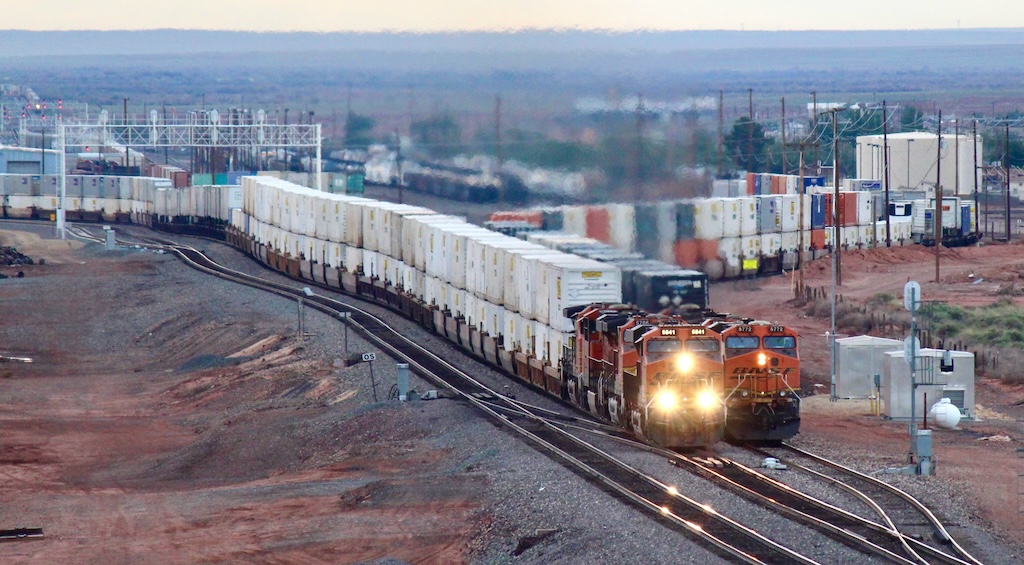

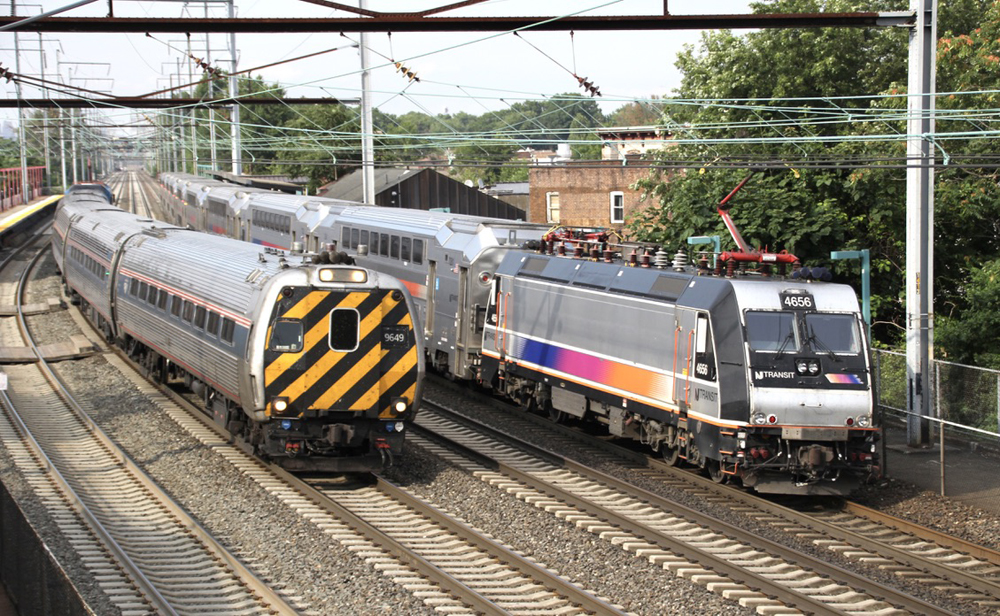





The locomotive in that video is a pirated ‘upgrade’ of ALCO’s RSD-1, a TEM3 built by the Soviets for a number of years.
I don’t think they were seeking destruction. They were probably seeing destruction.
Excellent reporting of current events and historical background, of great interest to this rail-oriented readership.